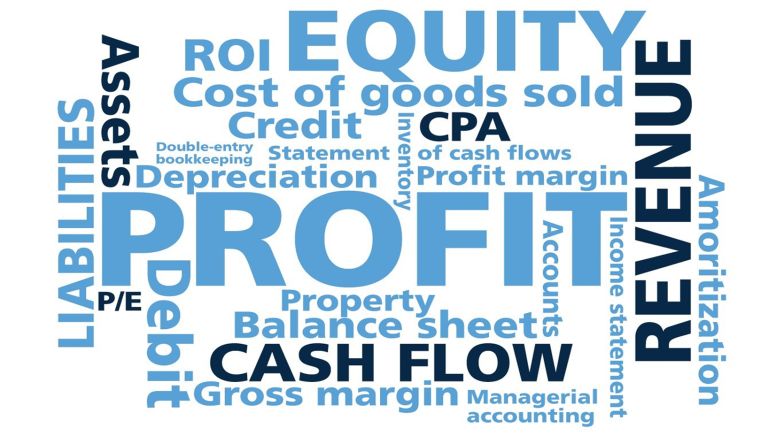Perspectives
5 accounting terms all business leaders need to know

How well do you know the language of business?
You might think you understand business. How complicated can it be? You sell a product or a service. A customer pays you. You smile all the way to the bank. Ka-ching!
But what did you put in the bank? Was it revenue or profit? Do you have positive cash flow? Are you left with more equity after the sale? What happened to your liabilities?
These may sound like questions on a test, but a business that fails this test probably won’t be in business long.
Accounting is the language of business. When you understand accounting, you understand business.
Answering those questions tells you precisely what’s going on in a company: Is it providing a return for its owners? Is it meeting its obligations to pay vendors and suppliers? Does it have profits it will owe taxes on, and if so, how much will it owe?
Not so simple, now, is it?
Financial accounting terms like those above, and many others, are the language of business. And until you understand that language, you really don’t understand business.
>> Jump straight to the test: 20 important terms from the language of business.
So, to boost your business fluency, here’s a primer on some of the most basic (and most important) accounting terms.
Revenue
When you sell something, revenue is what you receive. It’s often also called “sales” or “gross sales,” but those terms mean pretty much the same thing. It’s the flow of assets, that you’ve earned, into your business.
Profit
Unfortunately, business owners can’t turn around and spend all their revenue on a new car or a wardrobe update. That’s because businesses have those pesky things called expenses: salaries, office rent, the cost of raw materials and supplies, and more. What you have leftover once you’ve subtracted your expenses from your revenue is profit. Sometimes people use the term “earnings” or “net income,” which also mean profit. Profit is often described as “the bottom line” because it’s at the end, or bottom, of the income statement.
I’m interested!
Complete the fields below. Fields marked with “*” are required.
Liabilities
No, we’re not talking about what happens if the company hires the CEO’s weird cousin. Liabilities are what you owe to other people: Bank loans, corporate bonds and even invoices the company has received but hasn’t yet paid, are all liabilities.
Equity
Equity is what the owner’s own in business. Those owners may be shareholders who own stock in a publicly-traded company, or simply the individuals who own a private business.
Cash flow
You can have a profitable business without positive cash flow, but understanding how cash moves through your business are still critical.
Because it’s so important, there’s a financial statement, called the statement of cash flows, devoted to explaining a company’s cash flow in detail — where the cash came from and where it went.
So there you have it — five basic, but critical, accounting terms that makeup part of the language of business. When you understand that language, you understand business.
Want to test yourself with more accounting terminology basics? Download our “Your Glossary to the Language of Business” for 20 more important terms.
TEST YOURSELF! DOWNLOAD “YOUR GLOSSARY TO THE LANGUAGE OF BUSINESS”